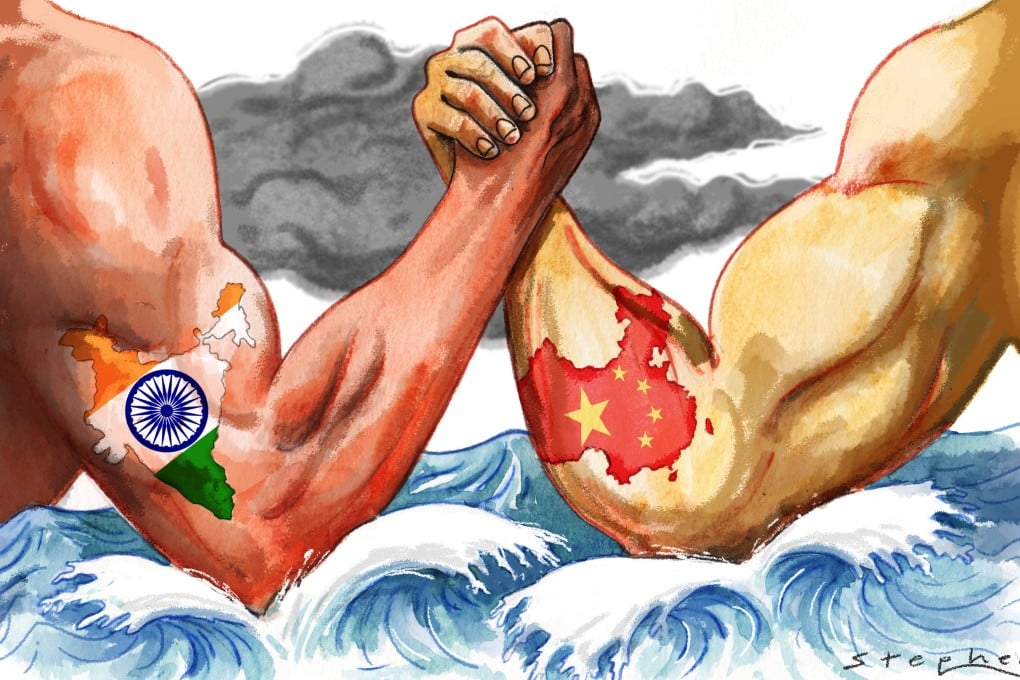China and India navies vie for influence in Indian Ocean amid border tensions
- Beijing recently sent naval surveillance ships to the Indian Ocean in efforts to expand its regional influence, while India has increased its naval spending
- Supremacy on the water comes as the two sides are locked in a border stand-off along the Line of Actual Control that separates the countries

Over the last few weeks, Beijing has not only sent naval surveillance ships to the region, but even held its first-ever meeting of Indian Ocean countries – both moves widely seen as attempts to expand its influence and corner India.
New Delhi, for its part, has launched a series of countermeasures and strengthened its capabilities. Earlier this month, Indian Defence Minister Rajnath Singh visited INS Baaz naval base in the strategically located Andaman and Nicobar Islands. The base serves as India’s watchtower over the critical Malacca Strait sea route, which is China’s maritime gateway to West Asia and Africa. Reports indicate that the Indian government is now pushing for strengthening maritime connectivity with Indonesia via these islands, as a way of bolstering its regional presence.
Three months after it inducted its first indigenous aircraft carrier the INS Vikrant into service, the Indian Navy commissioned a 7,500-tonne stealth guided-missile destroyer, the INS Mormugao in December. India also received delivery of the INS Vagir, a Scorpene-class submarine capable of anti-surface and anti-submarine warfare.
Analysts now believe that frequent disputes between Indian and China will occur in the ocean.
The Indian Ocean region is crucial for both countries. India lies at its centre and does 95 per cent of its trade, by volume, via its 7,500km coastline in the ocean. The waterway is similarly key to China’s economic and security prospects, as nine of its top 10 crude oil suppliers transit through the Indian Ocean.
